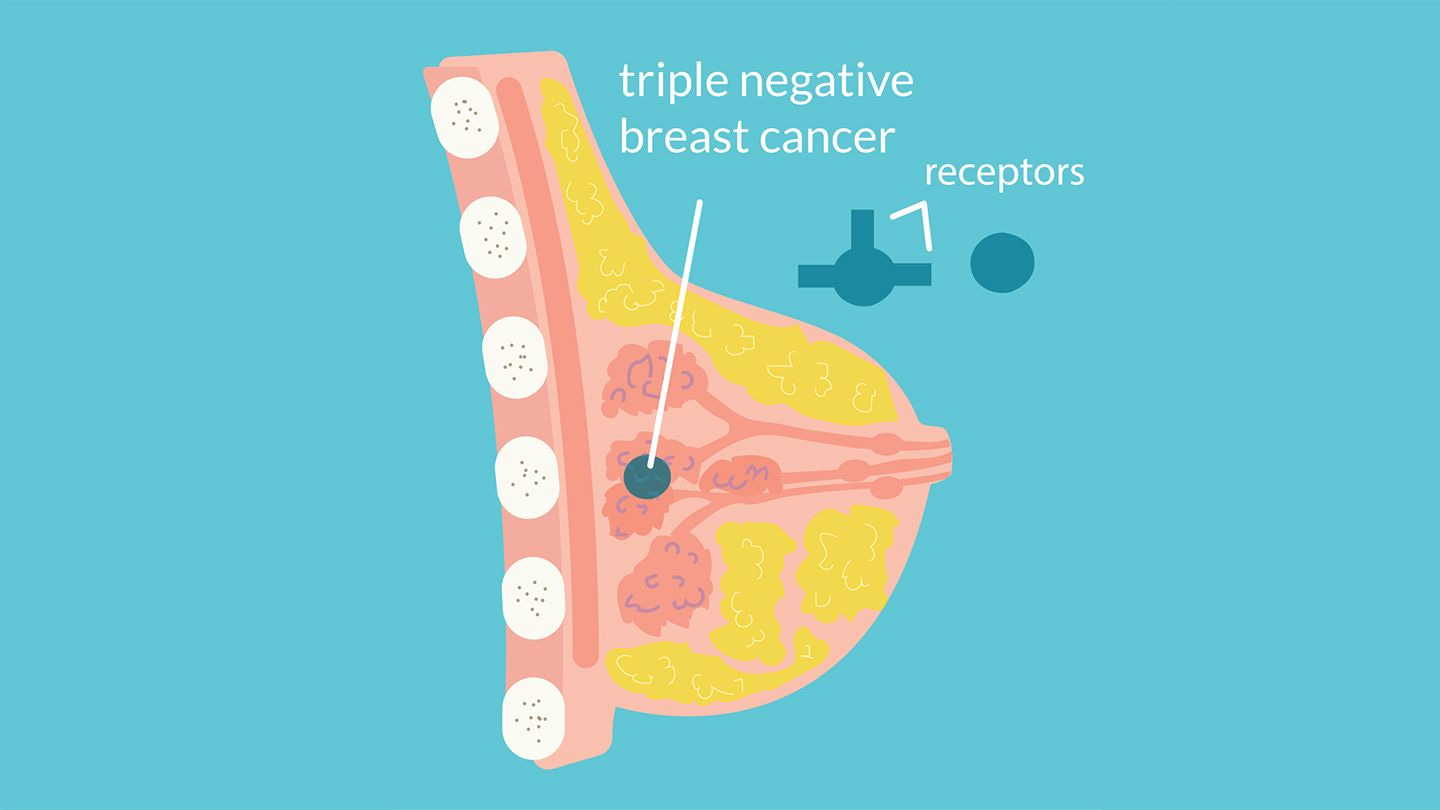Understanding Triple-Negative Breast Cancer
Written by Lordina Yelioni
Imagine the surprise of discovering a new, intricate layer in a familiar puzzle. Triple-negative breast cancer (TNBC) is like that unexpected twist, just as your taste buds reveal hidden layers of flavor.
Triple-negative breast cancer (TNBC) is influenced by a complex interplay of factors, both within the body and the surrounding environment. One of these factors includes the molecular and genetic landscape of the tumor. TNBC is characterized by the absence of estrogen receptors (ER), progesterone receptors (PR), and human epidermal growth factor receptor 2 (HER2), which defines its unique behavior and response to treatment. This lack of receptors affects how the cancer develops, grows, and interacts with other biological systems.
Function
The absence of ER, PR, and HER2 in TNBC impacts the effectiveness of common treatments. Hormone therapies that target ER and PR are not applicable, and HER2-targeted therapies are ineffective. However, this makes chemotherapy the primary treatment option for TNBC, which works to kill cancer cells throughout the body. Chemotherapy regimens often include drugs like doxorubicin, cyclophosphamide, and paclitaxel.
Additionally, the lack of targeted therapies means that TNBC often requires a combination of surgery and radiation therapy to manage the disease. Surgery, such as lumpectomy or mastectomy, removes the tumor, while radiation targets any remaining cancer cells.
TNBC's impact extends to the overall prognosis and recurrence risk. Patients with TNBC often face a higher risk of cancer returning within the first few years after treatment. Regular monitoring and follow-up care are crucial for managing this risk and ensuring effective long-term outcomes.
References
1. American Cancer Society. (2024). "Triple-Negative Breast Cancer." [American Cancer Society] (https://www.cancer.org).
2. National Cancer Institute. (2023). "Triple-Negative Breast Cancer Treatment (PDQ®)–Patient Version." [NCI] (https://www.cancer.gov).
Written by Lordina Yelioni from MEDILOQUY


